What should you pay attention to when driving a new energy vehicle in winter? Currently, lithium batteries are the primary power source for new energy vehicles. In low-temperature environments, the battery activity of lithium batteries decreases to varying degrees, typically resulting in a 10% to 20% reduction in capacity. This leads to a shorter driving range for new energy vehicles. Therefore, professionals recommend paying special attention to battery maintenance during winter.
Aim for full charge and full discharge. After the vehicle is fully charged, continue charging for a short period before disconnecting the charging cable.
When the battery level drops to 50%–70%, it’s best to recharge promptly.
If the vehicle remains parked for over a week, recharge it after the week has passed.
Avoid charging below 0°C whenever possible. Prioritize charging in indoor parking lots or during warmer afternoon hours.
Winter Battery Protection
Preheat Before Starting Overnight
In winter, allow your new energy vehicle to warm up before driving. Especially after overnight temperatures drop below 0°C, if the vehicle has been parked in cold conditions, wait 1-2 minutes after powering on to let the electrical system and battery pack warm up before starting the engine. This practice helps extend battery lifespan.
Keep Charging Plugs Clean and Dry
Ensure charging plugs remain clean and dry. Low winter temperatures cause frost to melt into water, which may seep into the plug and affect the vehicle’s battery. When using public charging stations in shared parking lots, always inspect the plugs for cleanliness and dryness beforehand.
Monitor Vehicle Power Consumption
Most in-vehicle electronics in new energy vehicles rely on the onboard battery for power. Reducing the use of these electronics can help extend the vehicle’s range to some extent.
Among the various in-vehicle electronics, the air conditioning and heating system consumes the most power. Professionals recommend using the air conditioning wisely: setting the fan speed to 1-2 can still provide warm air, and enabling the cabin recirculation mode also helps conserve power. Additionally, passengers can intermittently activate the heater to maintain warmth while minimizing power loss.
Winter temperature fluctuations cause thermal expansion and contraction, reducing tire pressure in new energy vehicles. This increases rolling resistance and shortens range. Owners should regularly monitor tire pressure and inflate as needed.
Optimize driving techniques
During driving, maintaining a relatively stable driving style helps maximize the range of new energy vehicles.
What should you pay attention to when driving a new energy vehicle in winter?The faster the vehicle travels, the more energy it consumes. This characteristic is amplified in winter. The correct approach is to control speed based on road conditions whenever possible, avoiding sudden acceleration and braking while maintaining a steady pace. This allows the vehicle’s kinetic energy recovery system to operate at maximum efficiency, contributing to improved range.

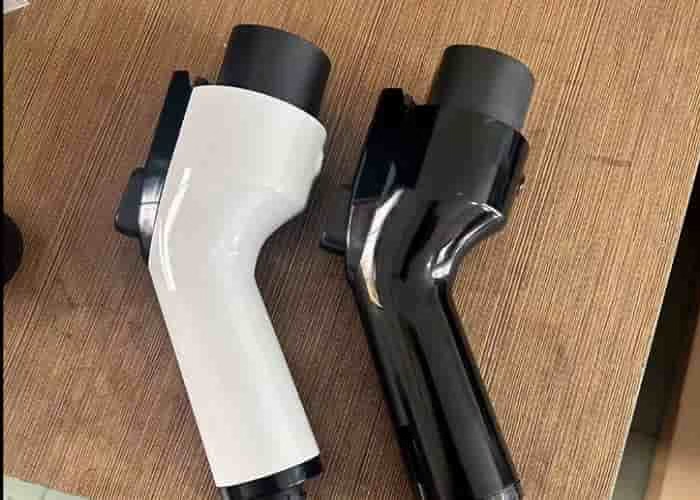


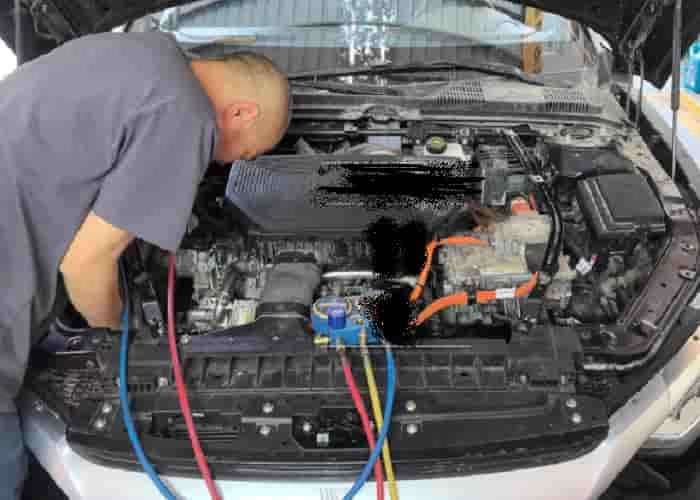
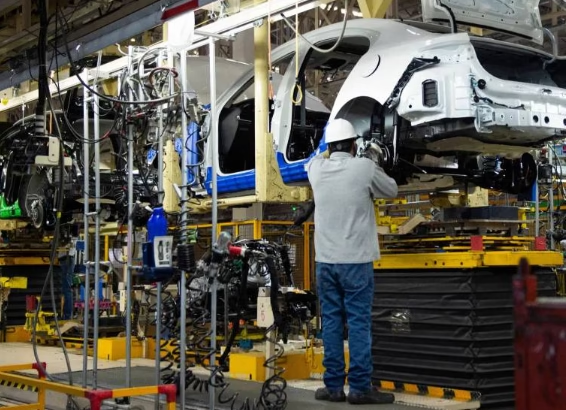
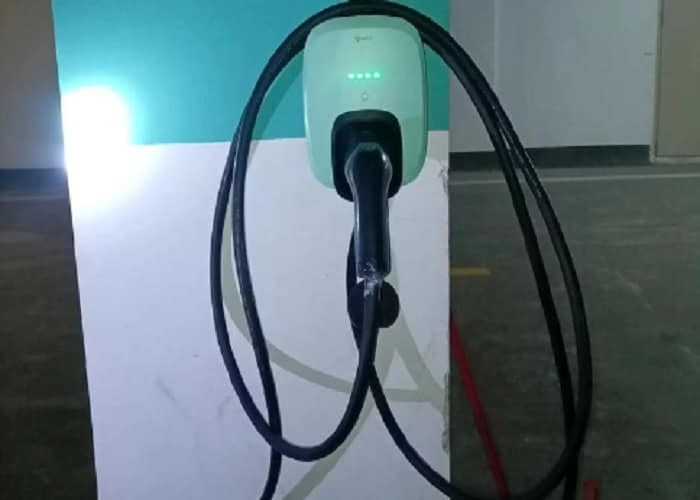


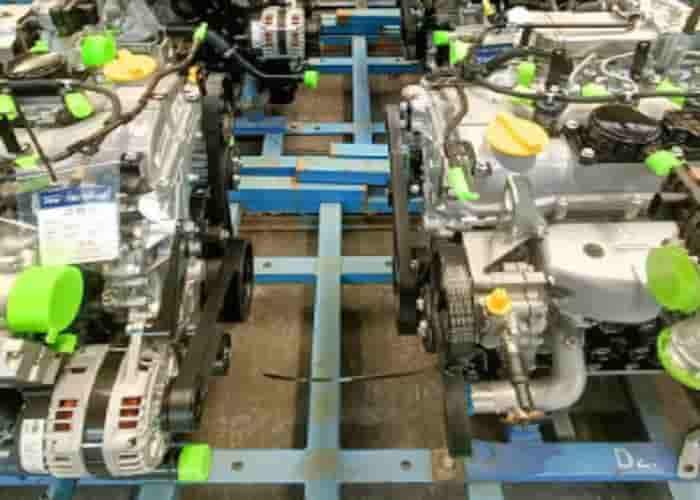
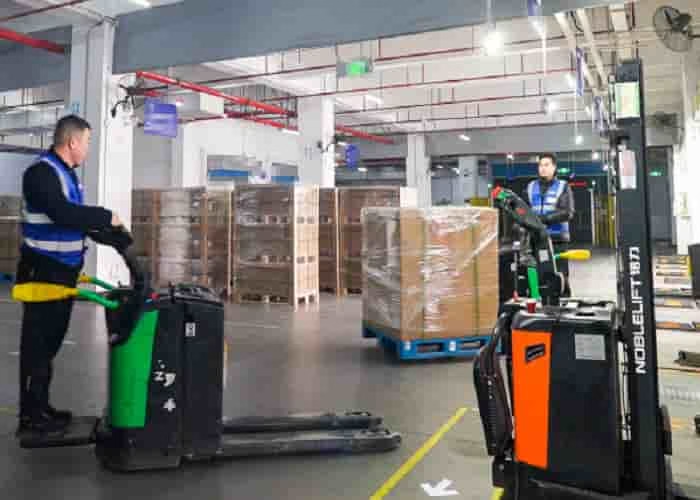
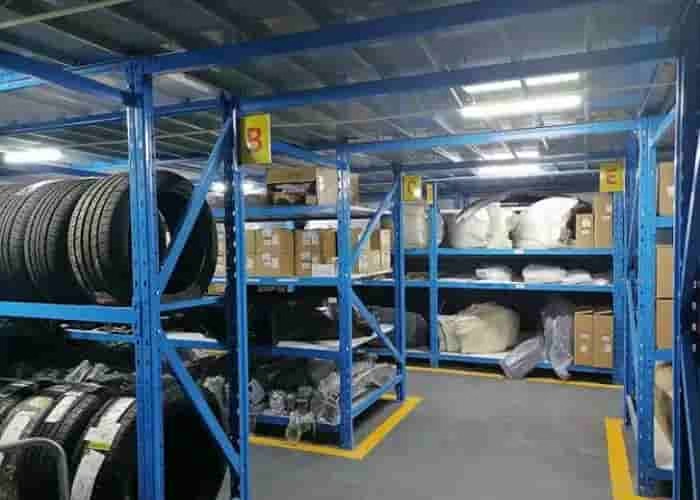
Leave a Reply